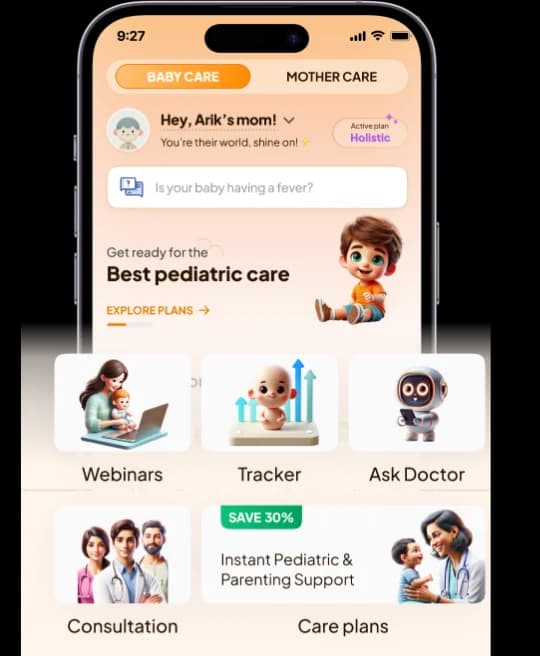
Urinary tract infections (UTIs) are caused by bacteria and are one of the most common bacterial infections worldwide. Girls are particularly prone to developing UTIs, with about 50% of them experiencing a UTI at some point in their lives. UTIs can also recur, which is why doctors prescribe antibiotics to treat them.
In this article, we’ll explore how to identify a UTI in your child and how medical professionals diagnose UTIs in toddlers. Let’s delve into the details of urinary tract infections.
What is a UTI?
UTIs are common in children due to bacteria growing in the urinary tract when not expelled through urination. The urinary tract consists of organs and tissues that produce and eliminate urine, including two kidneys, two ureters, a bladder, and a urethra.
- The kidneys filter blood and excess water to produce urine.
- Two ureters or tubes carry urine from the kidneys to the bladder.
- The bladder stores urine until it can be eliminated from the body.
- The urethra carries urine from the bladder to the outside of the body.

UTIs are caused by bacteria entering the urinary tract and can affect the bladder or kidneys. Cystitis is a bladder infection, while pyelonephritis is a kidney infection. Both can be treated with antibiotics, but untreated kidney infections can cause severe complications.
How Are Common Urinary Tract Infections (UTIs) Among Children?
Urinary tract infections are common in children. By age 7, 1 in 12 girls and 1 in 50 boys have UTIs.
Who Are The Most Susceptible Infants And Toddlers?
- UTIs are more common in immunodeficient children and those who have taken antibiotics for a longer time.
- Pediatric organ transplant patients are also more susceptible to UTIs.





